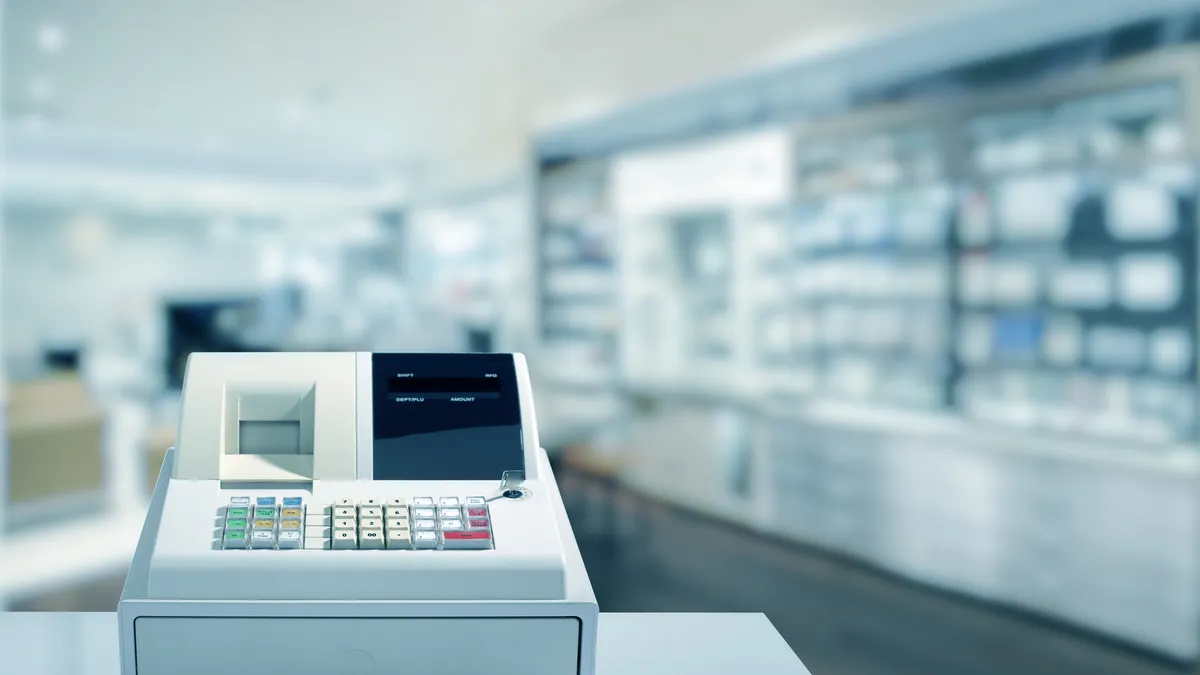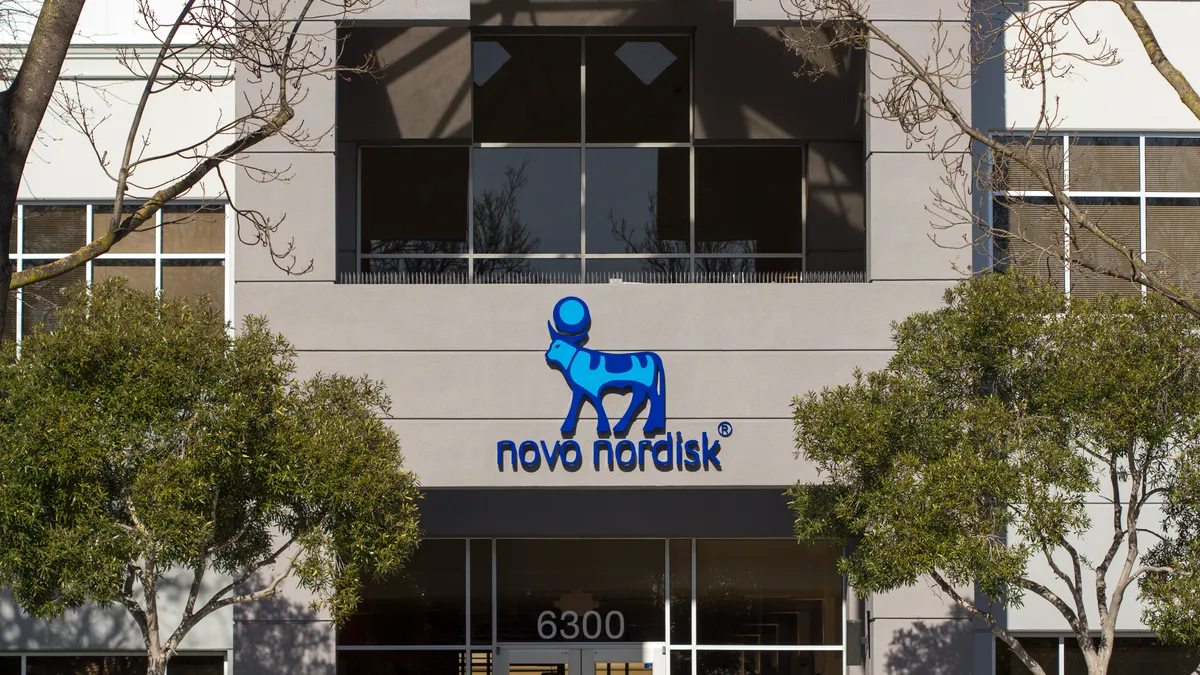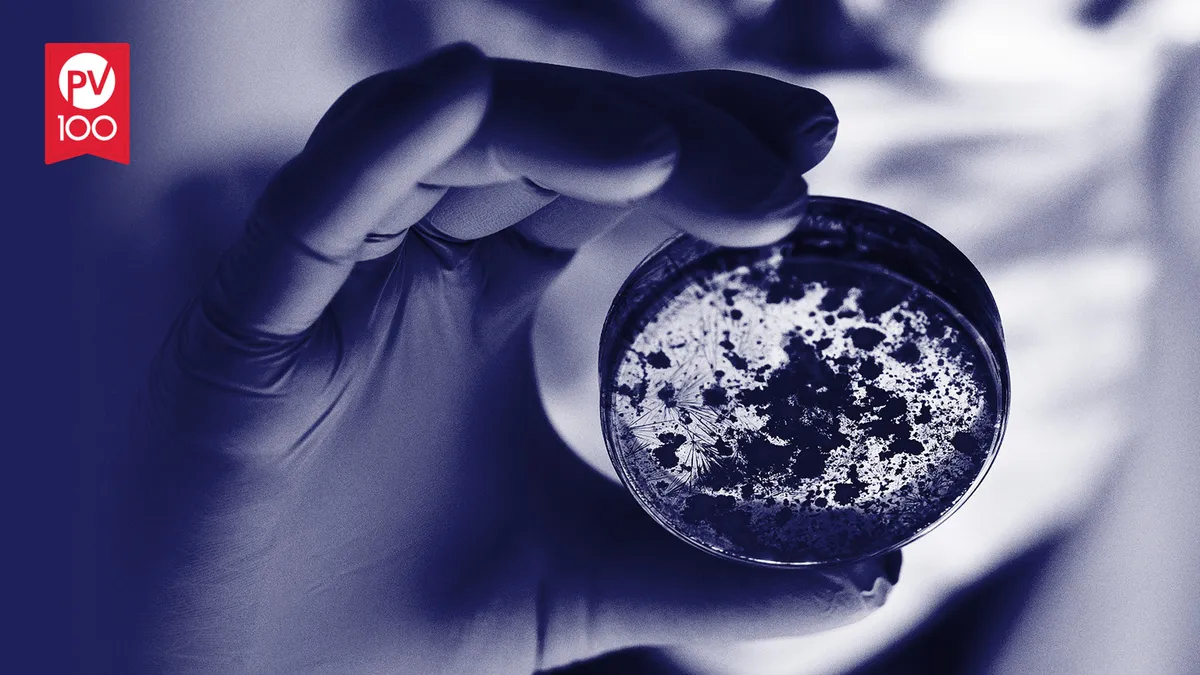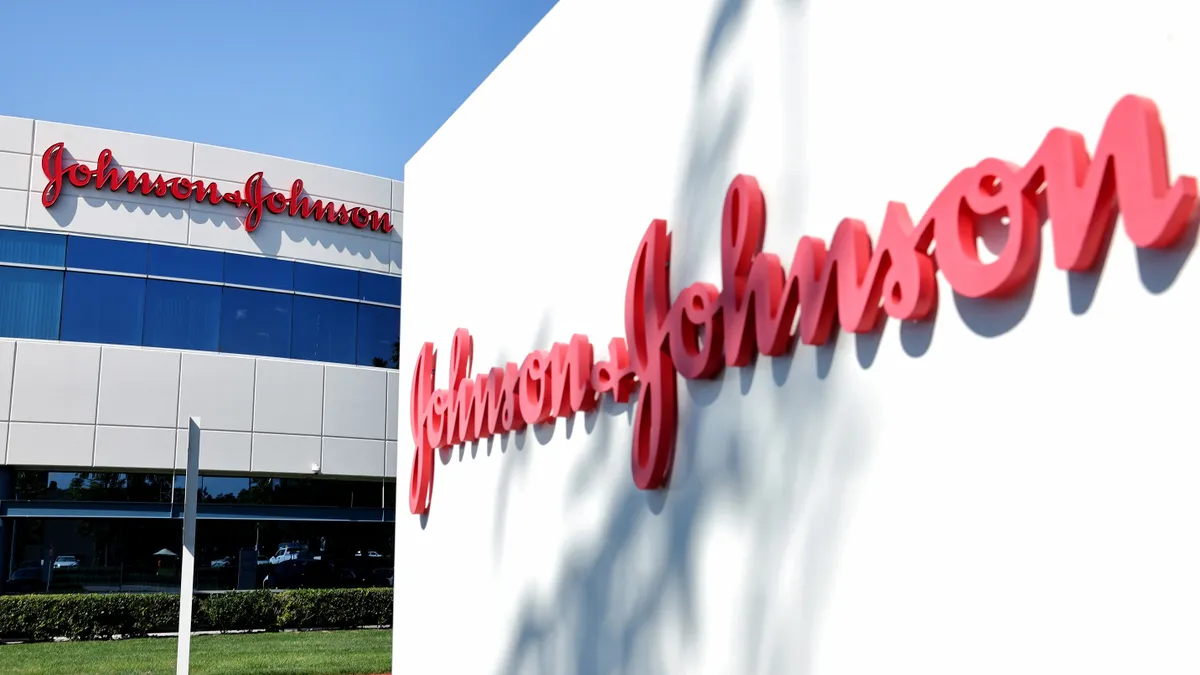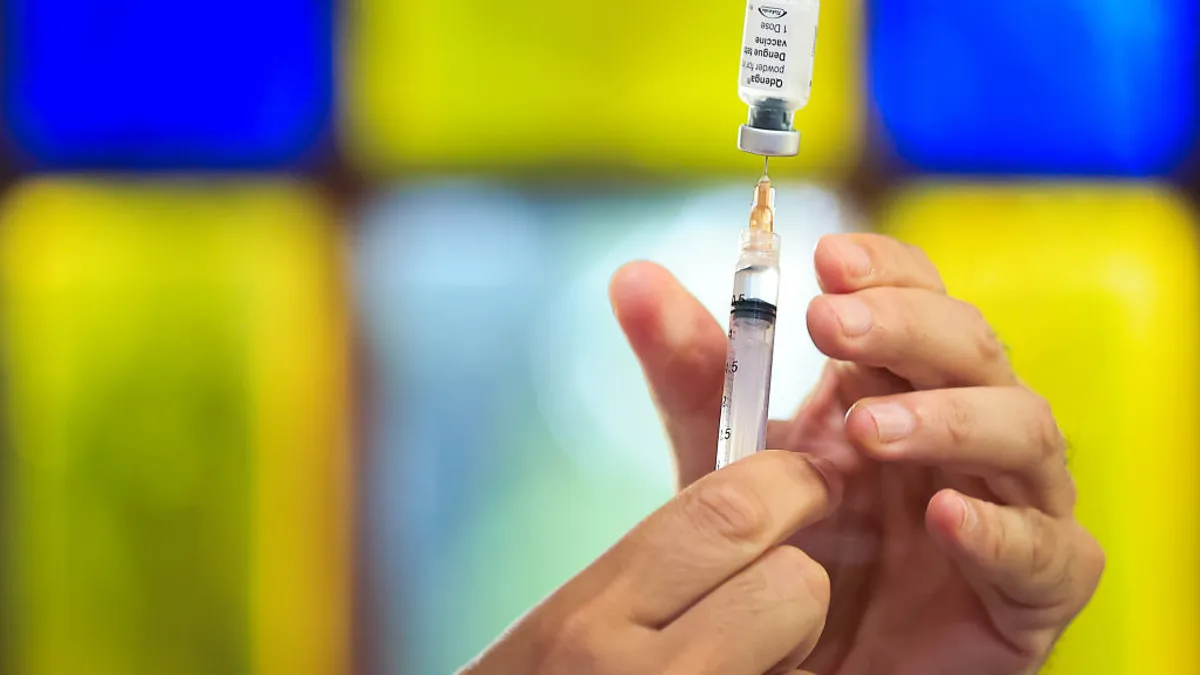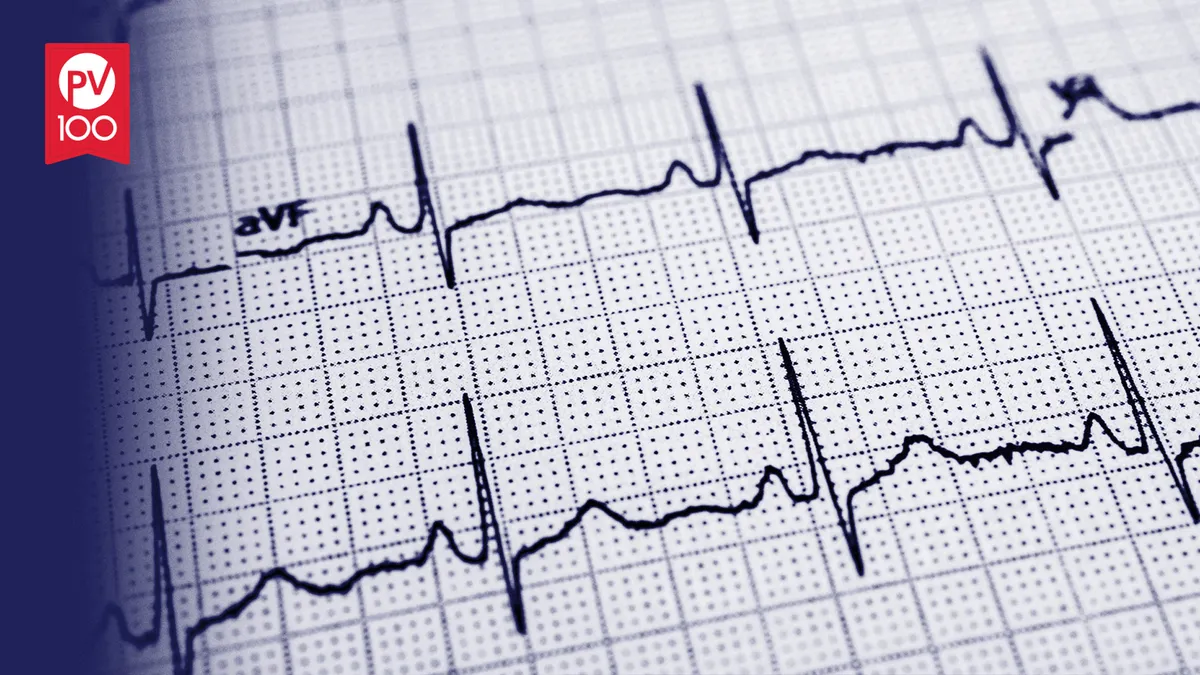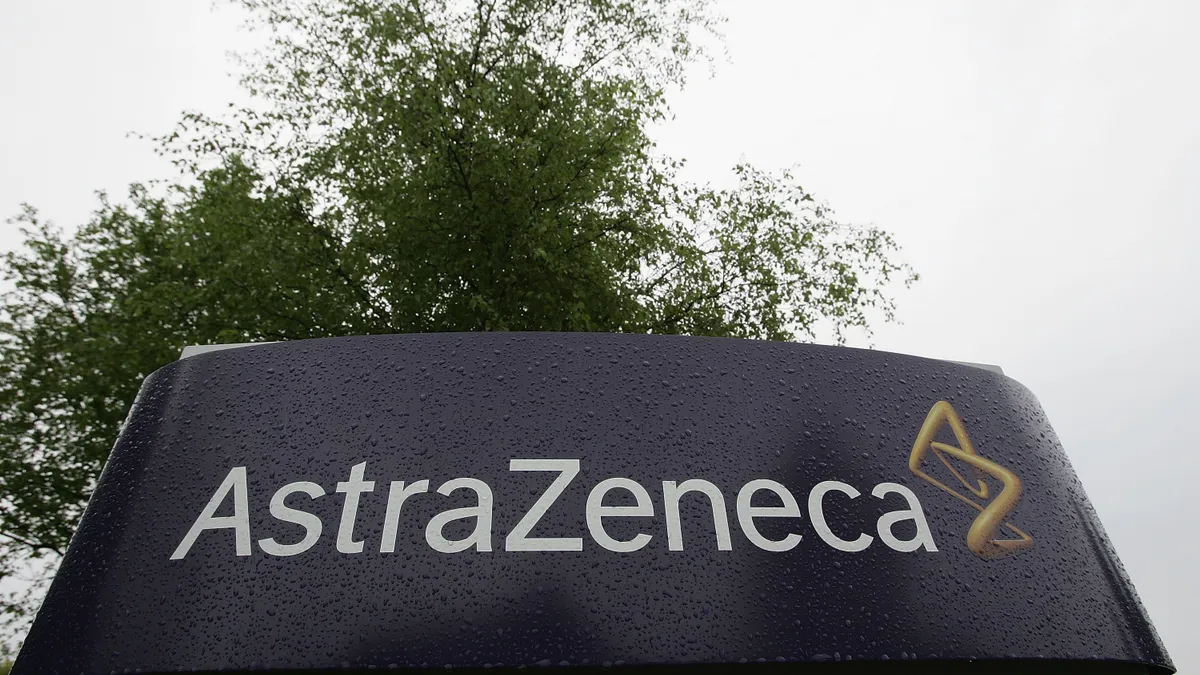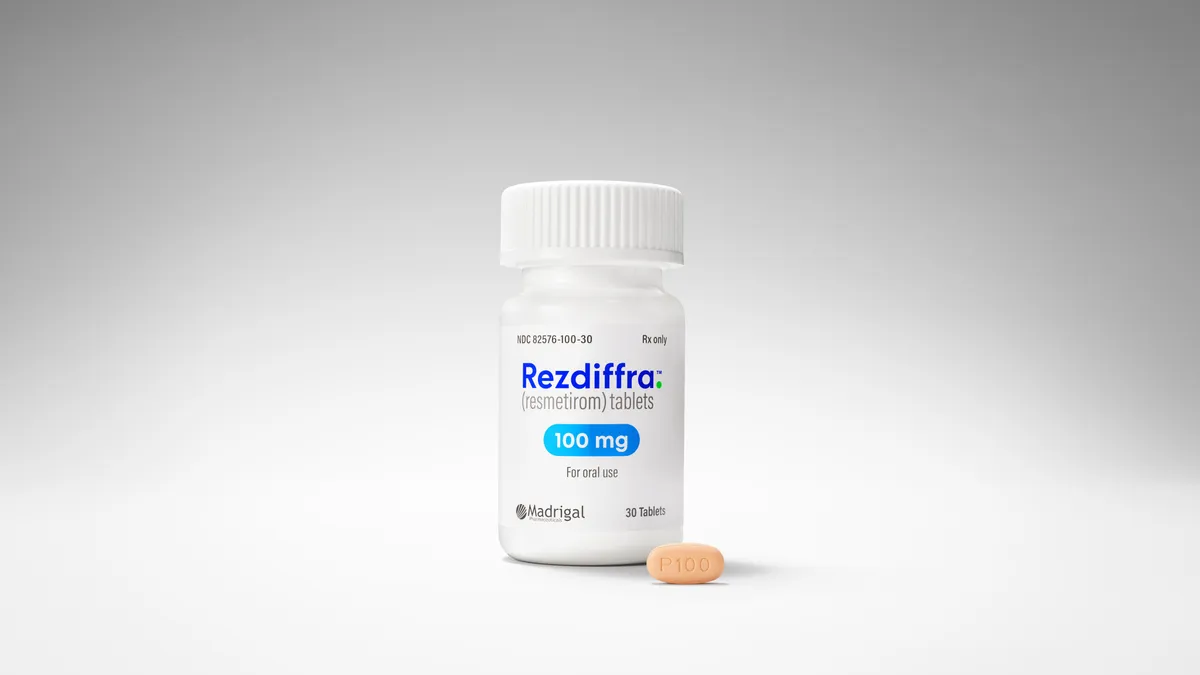Despite a drop in COVID-19 product sales, growth in American drug spend was on the upswing in 2023.
While the amount spent in the U.S. on medicines saw sluggish overall growth at 2.5%, when COVID-19 vaccines and therapeutics are taken out of equation it jumps to a solid 9.9%, according to an annual trend report from the IQVIA Institute for Human Data Science.
Drug spending increased $10.4 billion in 2023, partially driven by new brands and a shift toward higher-cost medications. And IQVIA predicts continued growth over the next five years, with anticipated manufacturer net revenues expected to grow 4%-7%, despite potential losses driven by patent expirations and the Inflation Reduction Act.
“Oncology and obesity will drive growth through 2028,” the report stated.
However, other areas, such as diabetes, immunology and COVID-19, are expected to add drag on that forward momentum.
“Market growth of 9.9% matched the 2015 growth rate during the early period of adoption of hepatitis C therapies and has only been exceeded in recent years by 2021, when spending was boosted by the first year of adoption of COVID-19 vaccines," according to the report summary.
Here are five noteworthy trends impacting how Americans are taking drugs.
Immunology growth could fizzle
Medicines that modify the body’s immune response have become prominent treatments for a number of major disease categories in recent years, with 22 new drugs launched in the U.S. in the last 10 years alone. This powerhouse drug category, fueled by blockbuster drugs like Humira, the highest-selling drug of all time, saw daily doses grow 60% from 2019 to 2023.
However, overall spending on immunotherapies is poised to change as more drugs in this category fall off the patent cliff and the emergence of biosimilars slows spending growth to 2% to 5% through 2028.
Spending on new modalities such as cell and gene and RNA therapies also rose last year. IQVIA estimates these types of therapies will be pulling in$18 billion by 2028.
Surging antibiotic use triggers antimicrobial resistance concerns
Bacterial infections were back to pre-pandemic levels in 2023, driving higher use of antibacterials, a troubling trend that could spawn more drug-resistant bugs. Children under 19, in particular, saw a significant drop in bacterial infections and antibacterial drug use during the pandemic — 50% less than the pre-pandemic average through the second quarter of 2021. But numbers have rebounded. Antibacterial drug prescriptions rose 4% above baseline in the last quarter of 2023.
Adults over 65 also used more antibacterial medications in the same quarter, 12% more than baseline, likely driven by a surge in invasive strep infections in that group.
More higher-priced medications are making it to market
The mix of medicines that patients use is changing, according to IQVIA which noted a market shift toward higher-priced drug options that totaled $22 billion in 2023.
“Generally, products with a higher cost per day, especially on a net basis, are those which have greater clinical value, and as a result positive growth in this mix of spending is indicative of more patients using better drugs,” the report stated.
Approvals in new indications for existing drugs, often in large therapy areas such as oncology and immunology, and drug shifts driven by fresh clinical evidence are behind many changes seen in this area.
Biosimilar uptake is mostly on the rise
As many lucrative drugs move off patent, biosimilars are starting to eat up a larger slice of the market pie. But not all biosimilars are seeing success.
“Less than one-third of the overall volume of biologics is for molecules which have biosimilars, and uptake has varied considerably across molecules,” the report stated. “To date, biosimilars have 23% of the volume in days of therapy for molecules where they compete. The uptake of biosimilars with at least three years on the market ranges from 8% for insulin lispro to 82% for bevacizumab.”
The FDA-approved dupes for Humira are seeing modest progress, taking up only 2% of volume at the end of last year. Formula differences and insurance contracts that remain loyal to Humira are among the factors hindering uptake. But other drugs are seeing better results, including biosimilars for Lucentis, which accounted for 45% of market share at the end of 2023.
“The range of uptake patterns reinforces the degree of uncertainty for biosimilar makers, purchasers and policymakers in this area,” the report stated.
Weight loss drugs drive growth of illegal pharmacies
Another troubling trend is the proliferation of illegal online pharmacies, which often sell counterfeit drugs and have seen sales grow 47% since 2019. Right now, the hottest seller in the illicit market are GLP-1 inhibitor drugs. As manufacturers scramble to keep up with the demand in prescriptions, more buyers are looking elsewhere. A cybersecurity firm recently took down 250 websites selling counterfeit versions of drugs like Ozempic.
“It’s obviously an issue if patients are getting potentially counterfeit versions of companies’ products,” Michael Kleinrock, lead research director at IQVIA Institute for Human Data Science, said. “The importance of that issue is bigger than the actual scale of this illegal online pharmacy prescribing which is around 2% of incremental prescription volume.”


